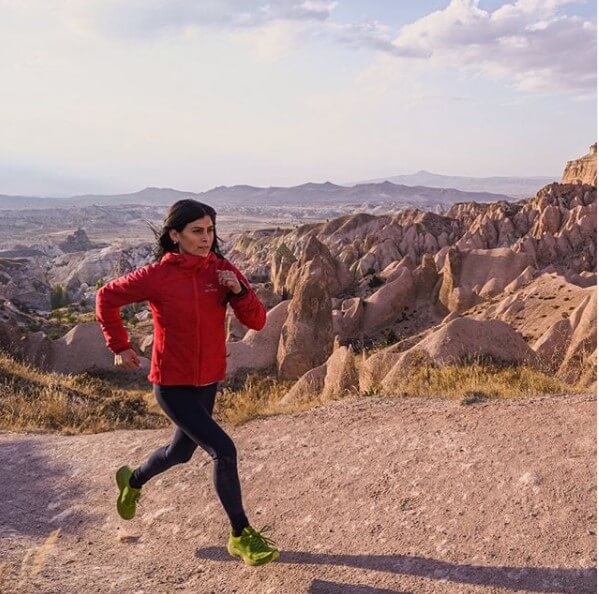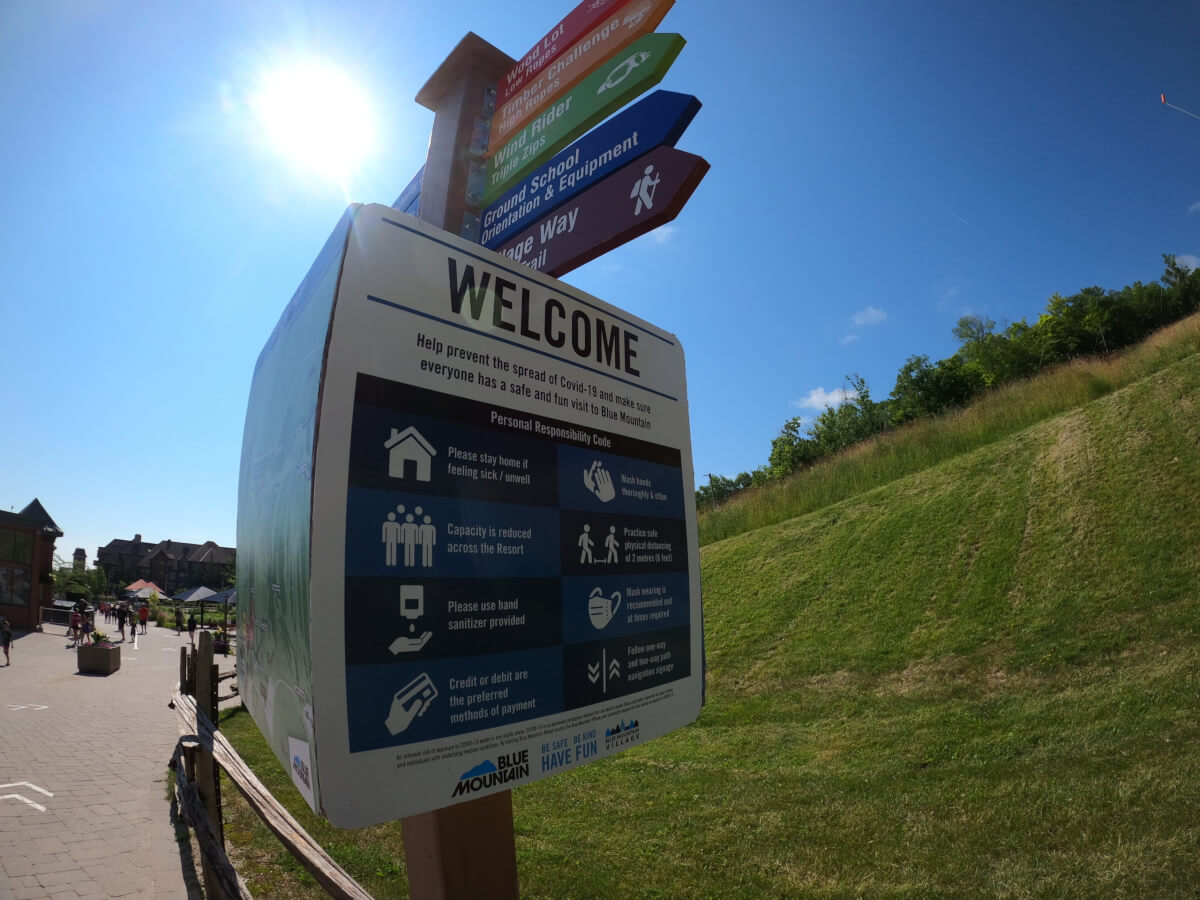Author: Rachel Sklar
I am a Canadian ultra marathon runner who has run over 14 ultra marathons worldwide in just under three years. In 2019, I raced 920km, amassed a cumulative of 42000 D+ of elevation change and raced in 9 countries. I started running six years ago and transitioned into trail running after the first year. I have raced in the Andes, the Swiss and Italian Alps, various mountain ranges in Europe and also the desert. My distance is anywhere from 100km to 170km. My passion lays in mountain races with steep ascents and steep descents. With 2021 on the horizon, I have already stacked my year with another season of global running and tackling a race over 200km at elevation.
Let’s just say that 2020 is a year of transition, new mindsets and stepping out of our comfort zones. One of these transitions is from road running to trail running. Now, when I made the “BIG” transition, I can tell you one thing, it was humbling! I was used to training solely on the road with small undulating hills. I would focus on cadence, speed and splits. When it comes to trail running, that goes out the window. Trail running offers something different then road running, a unique and soul changing experience. The common misconception is that if you train on trails you will lose your hard earned road speed. False. Trail running offers different challenges for the body. You have to equate this effort to an exchange rate. Keep in mind that hard work is the same, whether flat and fast or rugged. Training on different terrains can actually help strengthen your body and will always be in a state of adaptation. I guarantee you will break thresholds for your road game by incorporating trail work.
Trail running amplifies the physicality and effort by unique terrains and massive climbs. Trails are forever changing from start to finish but also from season to season. Whenever I mention trail running to someone, their usual response is as follows “Are you nuts, I can’t run that terrain and especially not up or down a hill for kilometers at end!” See, here lays the big misconception. Trail running is not always running. Typically, we run the flats and jump from side to side. When it comes to the long steep climbs, we power hike to conserve energy. At a certain threshold, the body will become more efficient with these power climbs. Power hiking is a forward lean with powerful hip extensions. Some use poles and others use a hand on high push to guide your way up. Always take shorter and quicker steps as taking long strides will minimize your effort. Downhill running is something that is daunting for most people. At first you will walk slowly down the hill or even tip toe. As you become more confident in your ability to descent, it is one of the most rewarding parts of any run. Just remember to always look straight ahead!
Now let’s dive right into it, how do you transition from road to trail running?
Watches should be left at home:
Pace per mile is a lot different when you are transitioning from road to trail. The entire concept can be thrown into the garbage bin. You will typically double your time on trail versus road. You have to go in with this mindset or you will be disappointed. Trails are technical and they take more time to run then road. If you start out too quickly on a trail, you will end up burning out in the second half, especially if there are nasty climbs in sight.
Wear the right shoes
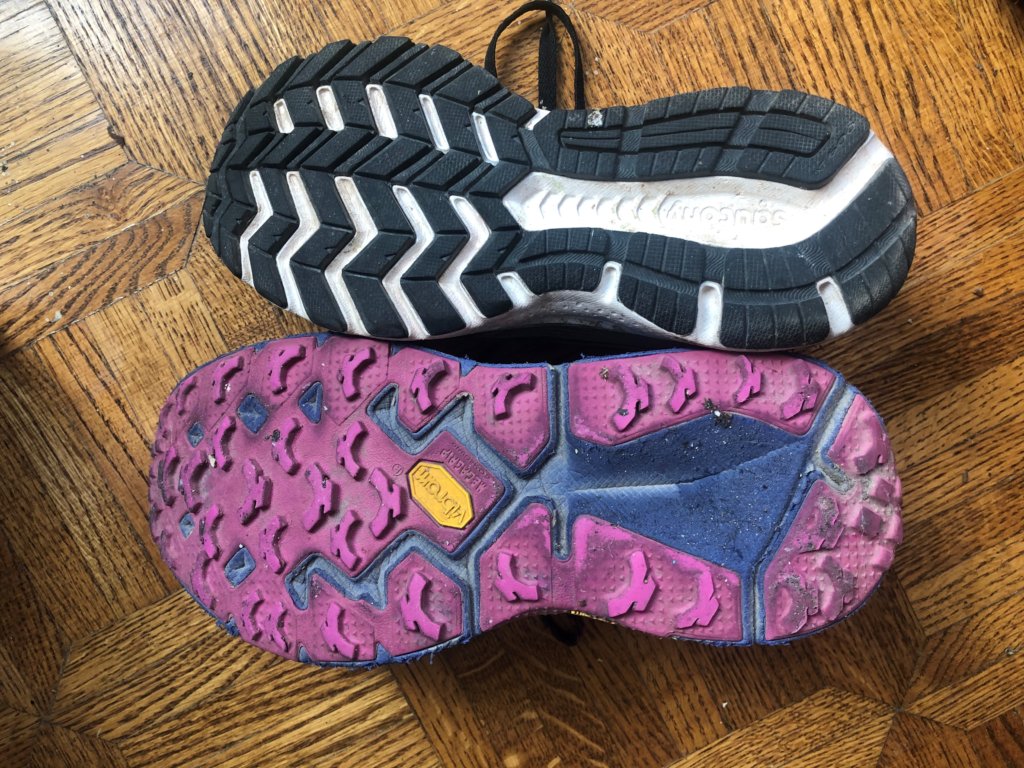
Sure you can wear your road shoes on the trail, especially if they are flat and wide. If you are tackling a more technical trail (rocks, roots, etc) then you are probably going to want a trail specific shoe. The tread on the sole of the shoe will help you from slipping on rocks and provide the necessary grip in mud or wet conditions. Trail shoes will also help protect your ankle from conking out side to side, giving it the support it needs. The best thing about trail shoes is that you can transition them over from summer to inter running as they provide enough tread to get you through snowy trails!
Bring a vest/belt and food
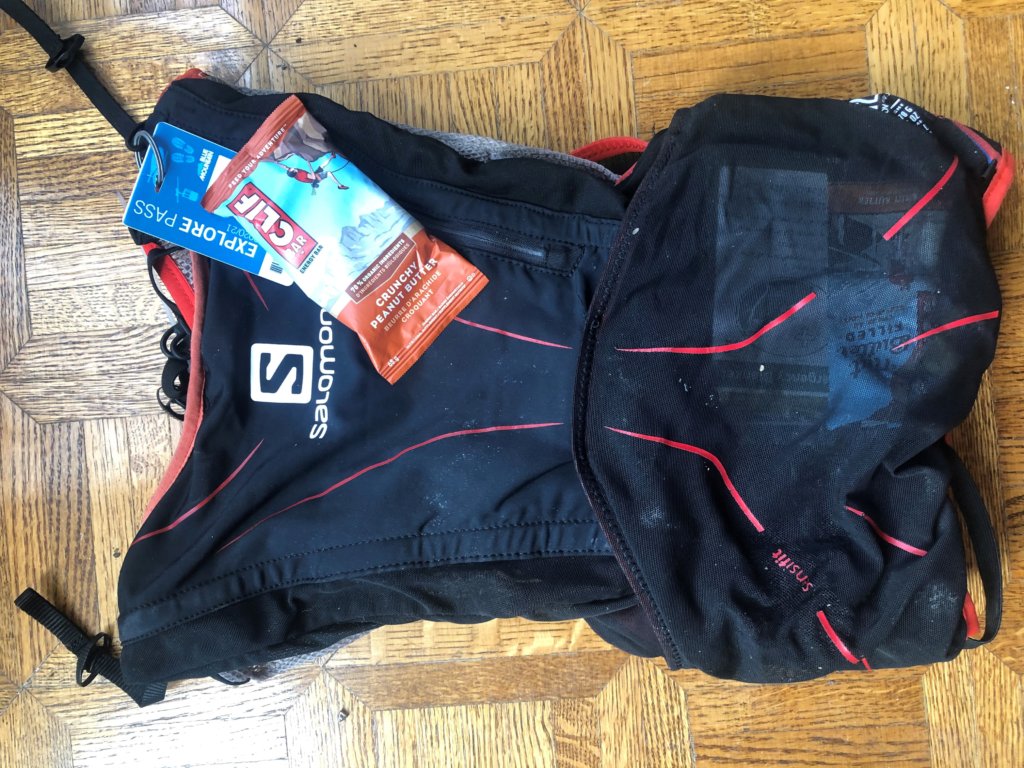
When tackling trails its imperative to have enough fluid and food. A simple bottle of water and a gel will not suffice whilst trail running. You need to carry enough food and liquid to last a few hours. This is the difference between enjoyment and misery. As an ex road runner, the thought of carrying real food/bars and an obscene amount of liquids was foreign to be at the beginning. I experimented with different food, liquids and home made bars that would ensure my energy levels stayed high whilst giving me the proper nutrients to fuel my run. Try to determine ahead of time what your distance may be. Remember you may only cover a three to four miles per hour on tougher terrain. Especially in the summer, you need to ensure we have sufficient amount of electrolytes to keep our engine going. The key is to eat and drink frequently, intaking a couple of hundred calories per hours in small bites. If by any chance you do run low on liquids, slow down your pace as this will help your body conserve energy.
Draw a line with your eyes and think before you move
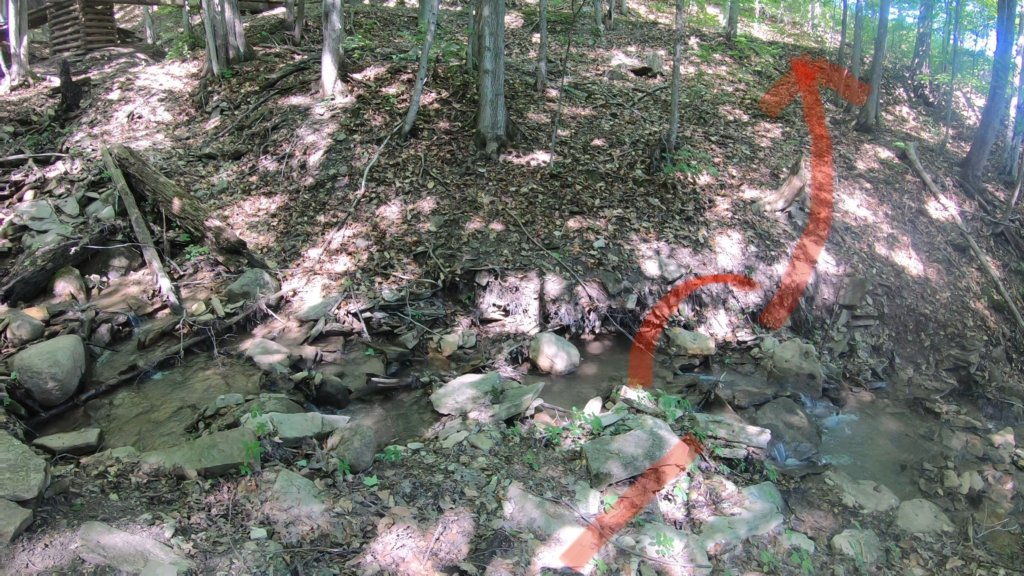
Trail running is a bit different then road running where you need to actually look down and ahead to carve out the path in front of you. As road runners, the need to look down is usually slim to none. You need to scan further ahead to allow for proper reaction time and with practice it becomes second nature and a blast!
Pick up your feet
The inaugural fall is a segway into trail running. When I took my first tumble over a small root, I remember laughing to myself thinking “I must be converted now, I am a trail runner!”. The secret to avoid these falls in the first place is to pick up your feet. This was one of the hardest transition for me personally as a road runner. I could shuffle all day on the road and ever had to worry about anything other then a pothole or crack in the pavement. The key here is a higher cadence meaning your feet will have a higher turnover. Staying upright with your feet directly below you will give you the best form. Remember even if you do slip, your other foot will come down pretty quick to adjust any loss in balance. Use your road work drills such as fartleks, sprints and high knees to drill this concept in.
Use your arms
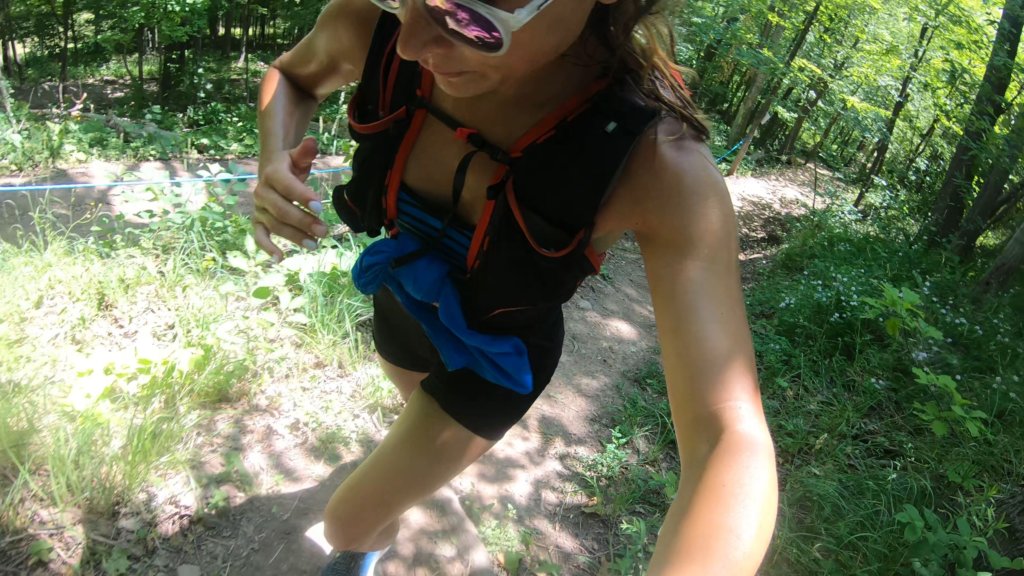
The major difference between a road runner and trail runner is not only their footing but their arm swing. As a road runner, typically you will keep them close to your body, swinging front to back and pairing it with your cadence. In trail running, you will end up flaying your arms out of your body to counterbalance. Your arms are a powerful tool in trail running that allows you to keep you balance and agility intact. Proper arm form is paramount to running but don’t be afraid to look like a six year old on their first run, arm flaying is in. I promise. More then anything, enjoy the moment and nature. Take the time to stop and appreciate your surroundings. When I go out to the trails, I am not there for distance or speed rather being grateful for the ability to do what I love and to get out to nature. Enjoy the views, listen to the chirping of birds and appreciate nature. You will be more in tune with your body this way on the trail.
Happy Running everyone

